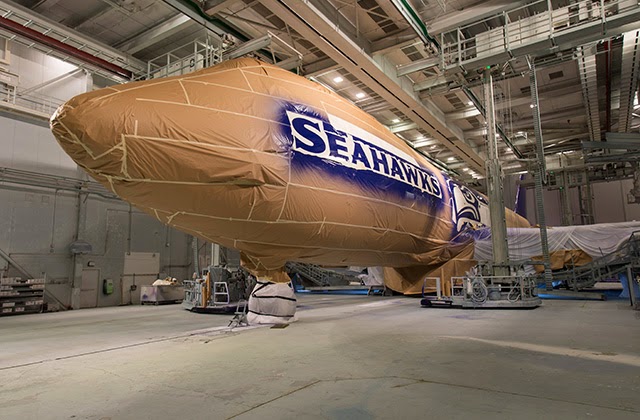The rival latest-generation widebodies from
Airbus and
Boeing will go head to head at an air show for the first time at the Singapore air show, which kicks off on 11 February.
Southeast Asia is a key battleground for the contest between the
A350 and the
787, with the Asia-Pacific region accounting for one-third of all sales of the two twinjets.
It will be the first full appearance at an air show by the
A350-900. The aircraft’s last public appearance was a fly-past towards the end of the 2013
Paris air show, a week after making its maiden flight.
While the A350 – bearing registration MSN 003 – will take part in the flying display, it is not certain whether it will be joined by the 787. Boeing will only confirm that the Qatar Airways-liveried
Dreamliner will be on the static display, although the US manufacturer did memorably return to air show flying at
Farnborough 2012 after a 30-year hiatus with a Qatar 787.
All eyes will be on whether the airframers can secure further deals for their new types.
Singapore Airlines has already split its loyalties. The city-state’s flag carrier has firm orders for 70 A350-900s, while it is also launch customer for the 787-10, with 30 on order.
Indonesia’s Garuda and
Philippine Airlines are looking to the A350 or 787 as a possible replacement for
A330s, while
Malaysia Airlines is evaluating the A350 and 787 to replace 777-200ERs, although it may plump for the high-gross-weight version of the A330, according to Flightglobal’s Ascend advisory service.
While the Singapore show – held at the
Changi Exhibition Centre near the island’s international airport – is unlikely to see the sort of eye-watering mega orders witnessed at
Dubai in November, the continued buoyancy of the Southeast Asian market is likely to see plenty of activity for the main airframers.
Singapore Airlines may choose the show to announce an order for the Boeing 777X, joining the three big Gulf airlines which ordered the long-range twinjet at Dubai, as well as its Asian rival
Cathay Pacific. Even if Singapore Airlines fails to place a commitment, other heavy hitters in the region may be keen to lock-in delivery slots.
We might see confirmation of an order for 20 A380s from new kid on the leasing block Doric – Airbus expects the contract to be signed in the first quarter. And Indonesia’s
Lion Air could use the show to announce its engine choice for the hundreds of A320s it has on order.
On the defence side, Singapore has requested a major upgrade for its 60 F-16s. If the government decides to compete it, it could prompt a battle between original equipment manufacturer
Lockheed Martin and BAE Systems to be lead contractor – and between Northrop
Grumman and Raytheon to supply the latest-generation radar.
The island state is also a security co-operation participant in the
F-35 programme, and its defence minister recently witnessed a flight demonstration of the short take-off and vertical landing B variant in the USA. Meanwhile, Singapore’s airlift requirements should also be interesting, with reports that the government is interested in the
Airbus A330 MRTT and Boeing’s C-17.
Historic head-to-heads
There have been some memorable face-offs between competitor aircraft at air shows. Here are just some of them:
Paris 1969: A new era dawns as Europe’s rising supersonic star Concorde squares up with the USA’s just-flown jumbo, the
Boeing 747
Paris 1971: A return for Concorde, this time a chance to compare it with its Russian counterpart, the
Tupolev Tu-144
Paris 1973: Airbus emerges on the scene with the A300B. Not to be outdone, Lockheed’s L1011 TriStar joins it for one day
Farnborough 1986:
Regional rivalry between the
BAe 146 and the
Fokker 100
Paris 1995: Widebody war as Airbus showed its A330 and
A340, and Boeing its
777-200
Farnborough 2004: Boeing and Northrop Grumman unveil full-scale mock-ups of their competing Joint Unmanned Combat Air System (J-UCAS) demonstrators
Paris 2011: Battle of the big boys, with the
Airbus A380 in the flying display and the
Boeing 747-8 in the static.
Flight Global























